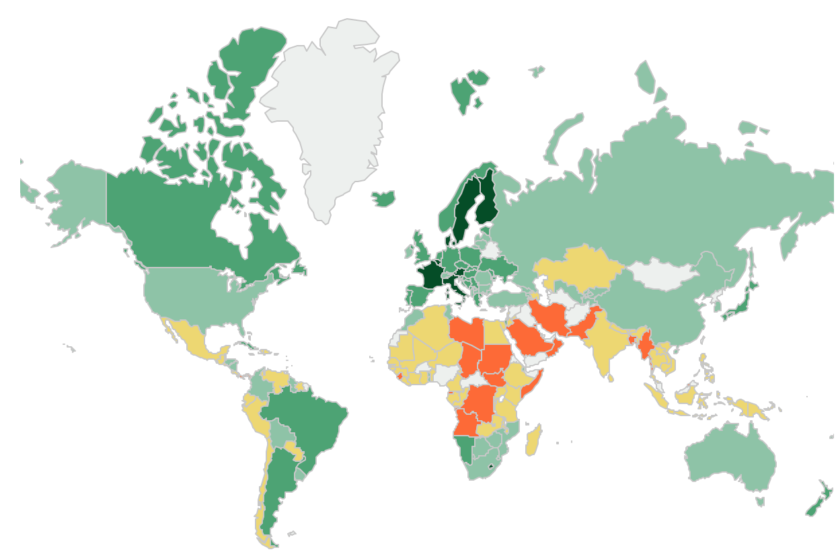Highlights of the Updated GRD
- – Contains new government revenue data until 2012 and in many cases, 2013.
- – Better coverage – more data from sources means (Better disaggregation, more countries where we can isolate resource revenues and new observations – e.g. South Sudan.
- – Includes the System of National Accounting and base year used by each country
- – Available in .xls, .ods & .dta formats; Raw Data files also available
Since the launch of the ICTD Government Revenue Dataset (GRD) in September 2014, our team of GRD researchers has continued to work on the dataset, and after many months of work, the 2015 edition of the Government Revenue Dataset is now complete and publicly available.
Updating the GRD wasn’t, however, just a simple case of adding three or four years of observations to each country. Not long into the process, it became clear that large-scale revisions to data (particularly from the OECD tax statistics) meant that simply adding the new data was not going to be enough. In order for new observations to align with what was already in the GRD, we have incorporated the most up-to-date data possible. In many instances, that meant including revisions of source data as far back as the late 1990’s.
In light of an improvement in data coverage from major international sources, we also took the update as a chance to systematically review each and every choice of source, in order to ensure that the best data is being employed in the GRD. For many countries we have thus been able to disaggregate further than before, isolate the resource components of tax revenues and add observations that were not previously available.
We have also included an indicator of the System of National Accounts (SNA) used by each country. Countries transitioning from SNA1993 to SNA2008 have often seen large jumps in their GDP figures (think Nigeria). This creates a knock-on effect for the revenue figures in the GRD, which are presented as a percentage of GDP. As things stand, only around one in four countries included in the GRD have adopted the SNA2008 (or the European equivalent, ESA2010).
Crucially however, as things stand in 2015, developing countries represent quite a mixed bag, with those that have adopted the new system seeing large increases in GDP figures, and subsequently, decreases in their tax ratio. Indeed, in countries where SNA2008 has been adopted, users will often find lower tax ratios, compared to the last version of the GRD. We have therefore included an indicator identifying those countries where the new SNA has been adopted. We hope that this will aid users in understanding some of the differences between countries’ tax ratios and serve as a warning to exercise caution when making comparisons between countries that use different standards of national accounting.
The GRD is now available in .xls, .ods and .dta formats. For users wishing to delve deeper into the construction of the dataset, we also make available the raw data, which collates all of the data downloaded from each source before it was inputted into the final dataset.
